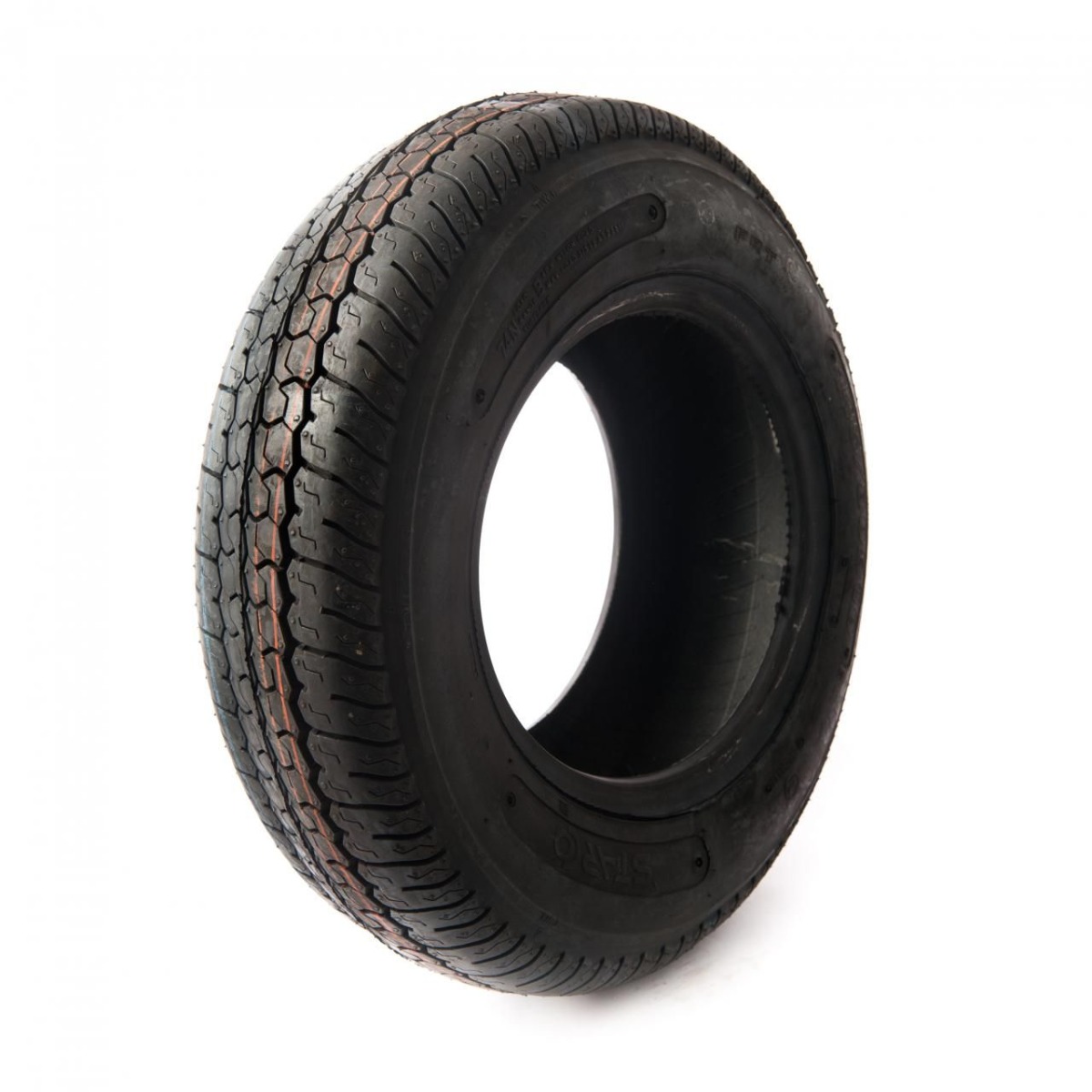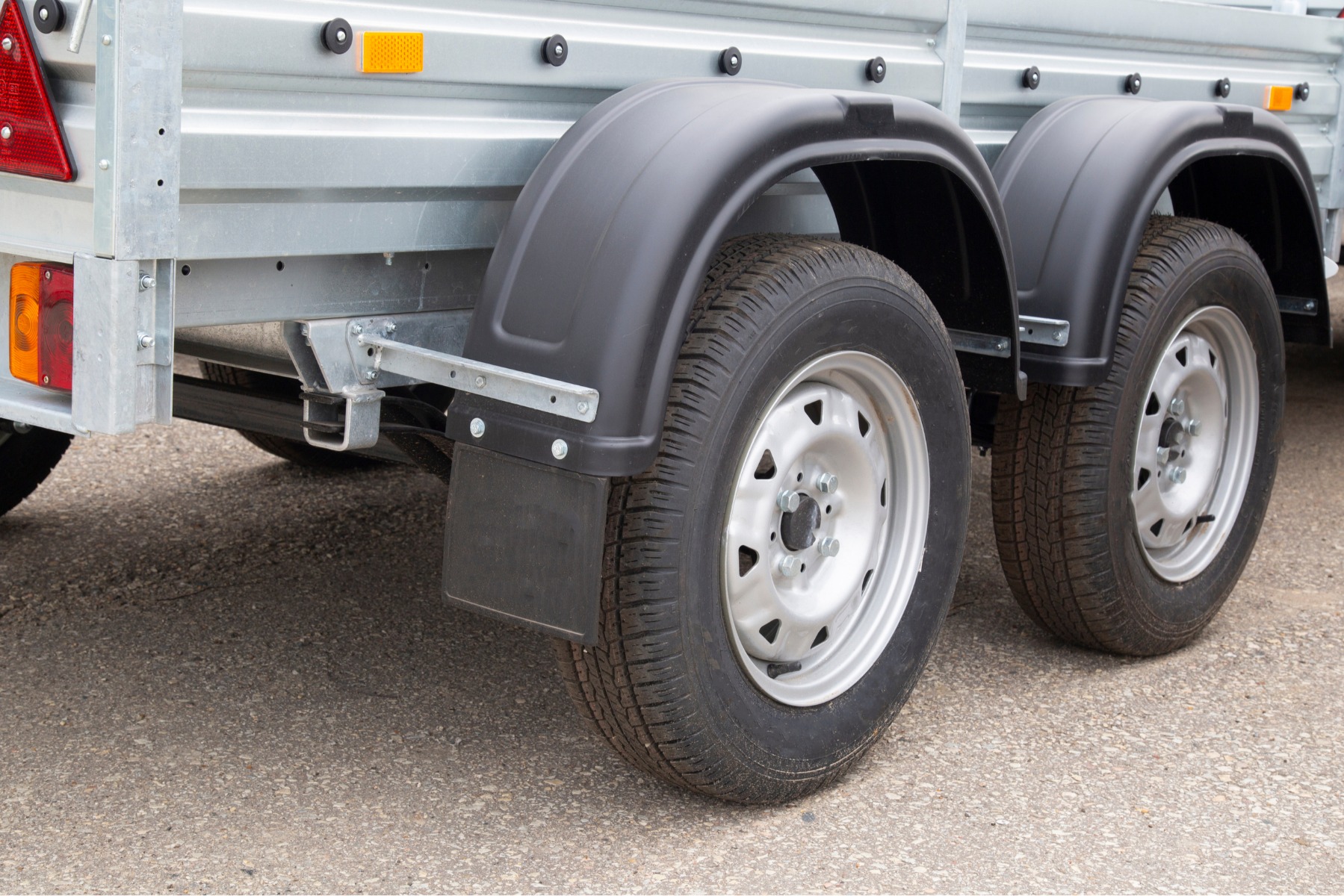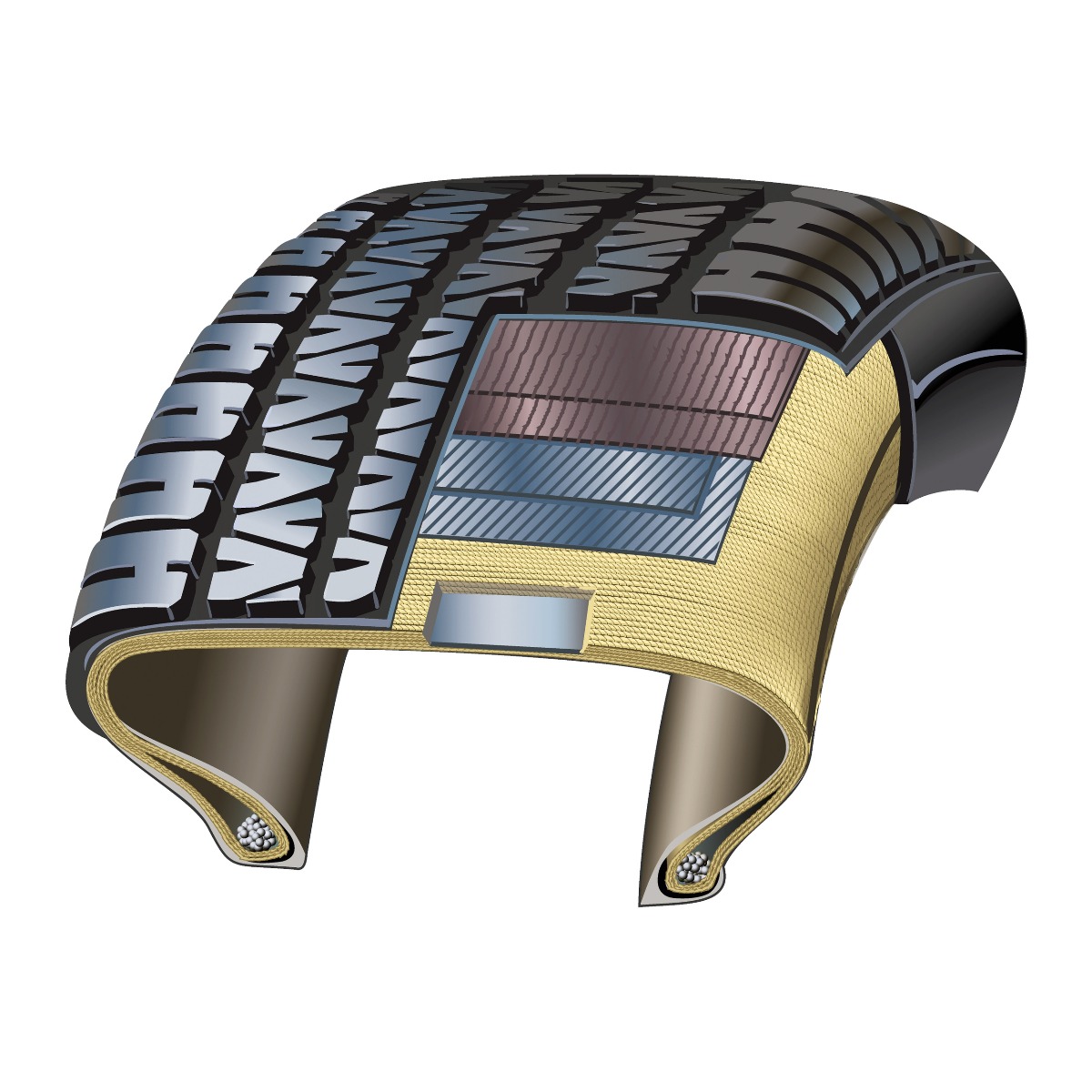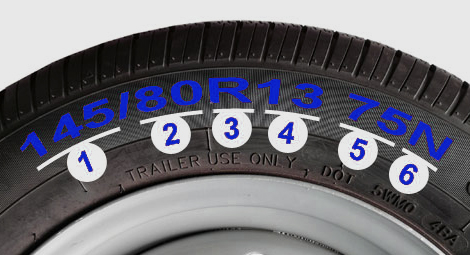You may check out all the available products and buy some in the shop.

With the large and often very heavy loads our trailer carry it is vital they see regular maintenance and are kept in appropriate road condition. But its not just the trailer structure that needs to be up to the job, all of that weight is transferred through the trailer body, axle, wheel hubs and finally to the tyres. With such a huge selection of tyres available on the market, how do you know which tyre is right for you? Well, we are here to lend a hand, and shed some light on which trailer tyres will be most fit for purpose and cost effective for your trailers use!
Just Any Old Tyre?
Oh no, any old tyre will not do! Many people often wonder whether it is a good idea to use passenger tyres as a replacement for their trailer tyres, or vice versa- but this is never a good idea! Why not? I hear you ask, well even though they both may look like black rings of rubber from a distance, if you get a little closer you will begin to see they are quite different after all. Most passenger tyres will have the letter ‘P’ stamped into them, indicating their use for passenger vehicles. Trailer tyres will bare the letters ST.
You may also see both tyre types have common sizing, enough to lure some people into interchanging their tyres, but wait right there! If you put a passenger tyre and a trailer tyre side by side you will see that your trailer tyre will have a thicker sidewall and a narrower tread width. But these differences aren’t just at a visual level. Perhaps some of the biggest differences lay in the structural design and materials used when making either type of tyre.

Passenger tyres are used as a means of transferring energy from the vehicle to the road surface in order to accelerate, brake and turn. This calls for a tyre that can respond to the road surface and the energy being transferred through the trye. Passenger tyres achieve this by disforming to a certain degree when under particular stresses, giving the tyre a larger contact surface with the road and therefore resulting in more grip. Trailer tyres on the other hand are designed to live their life bearing heavy loads and being towed. To give them the highest possible load capacities trailer tyres are manufactured with thicker sidewalls, with tread life being less of a priority.
Trailer Tyre Load Index
Your trailer tyre load index indicates the maximum loading for the tyre you have. Not all index’s are the same, they depend on the make, model and size of your trailer tyre. You can find the trailer tyre load index on the sidewall of your tyre. Look for a string of numbers followed by a letter, the load index is represented by the last four digits of this number.
To correctly convert these numbers into some useful information we can use to keep our trailers within their loading limits we need to use a conversion chart. When you have found the loading limits of your tyres it is also important to remember that your tyres can also be effected by a variety of other factors, including inflation pressure and speed rating which can contribute heavily to the loading capacity of your trailer tyre.

Tyre Ply
Trailer tyre ply is an important consideration when it comes to selecting the right tyres for you. A ply rating of a tyre is used to indicate the number of layers that are within the casing of your tyre. A modern tyre is made up of several layers of thin rubber, with cords of steel, polyester, or other textiles layered between them. This is then fused together to produce a solid, high wearing tyre. The ply rating describes the number of thin layers of rubber used to make up the tyre. Some tyres will have the same ply number throughout, whereas others will have a ply number for the main tread of the tyre that is different to the side wall. For example, a 4+2 ply tyre is a tyre with a 4-ply tread, and a 2 ply side wall. The higher the ply number of a tyre the stiffer the tyre will be, this is due to more layers making up the tyre. Tyres which bare a higher loading capacity will often have a higher ply rating than those that are used for lighter loads.

Under Pressure
One of the easiest things you can do to make sure your trailer tyres perform properly is to keep your trailer tyres at the right pressure, this will also help extend your tyre lifespan. The maximum inflation pressure is shown on the tyre wall of all tyres, we would suggest you try and maintain as close to this pressure as possible. If the tyre is under inflated the weight capacity of the tyre can be reduced to an unknown quantity. However, it should be noted this maximum pressure should never be exceeded as over inflation can cause the tyre structure to be compromised.
Reading Your Tyres
Gathering the information about your tyres from the tyre wall is a vital skill to have, even more so since the COVID pandemic. Usually when you have your tyres replaced the mechanic would read your tyres for you and replace them on the spot, however since the pandemic there has often been the need to pre-order your tyres online before picking them up – and for this you are required to enter the tyre details yourself. Below is a quick and easy guide to how this is done, so you always get the right tyres for your vehicle.

- This is tyre width in millimeters, in this case, 145mm wide.
- This is the ratio of the tyre wall over the width of the tread. On this tyre, the wall height is 80% of the width of the tread.
- The next letter is the how the tyre was constructed, in this case, “R” stands for Radial and is the most popular. You also see "C" for commercial, meaning the tyre is especially heavy-duty.
- The following number (the most important) is the rim diameter in inches, in the above example the tyre has a is 13 inch diameter.
- The last number is the load rating of the tyre, this is the new standard which is superseding the more traditional ply rating. It varies between 60 and 130 and equates to the maximum load between 250-1700kg. 75 in the example would give the tyre a max load weight of 387kg.
- The last letter is the speed rating for the tyre. This ranges from N (87mph) to Y (186mph). This isn't too important as you generally don't want to be towing a trailer at 186mph anyway!











